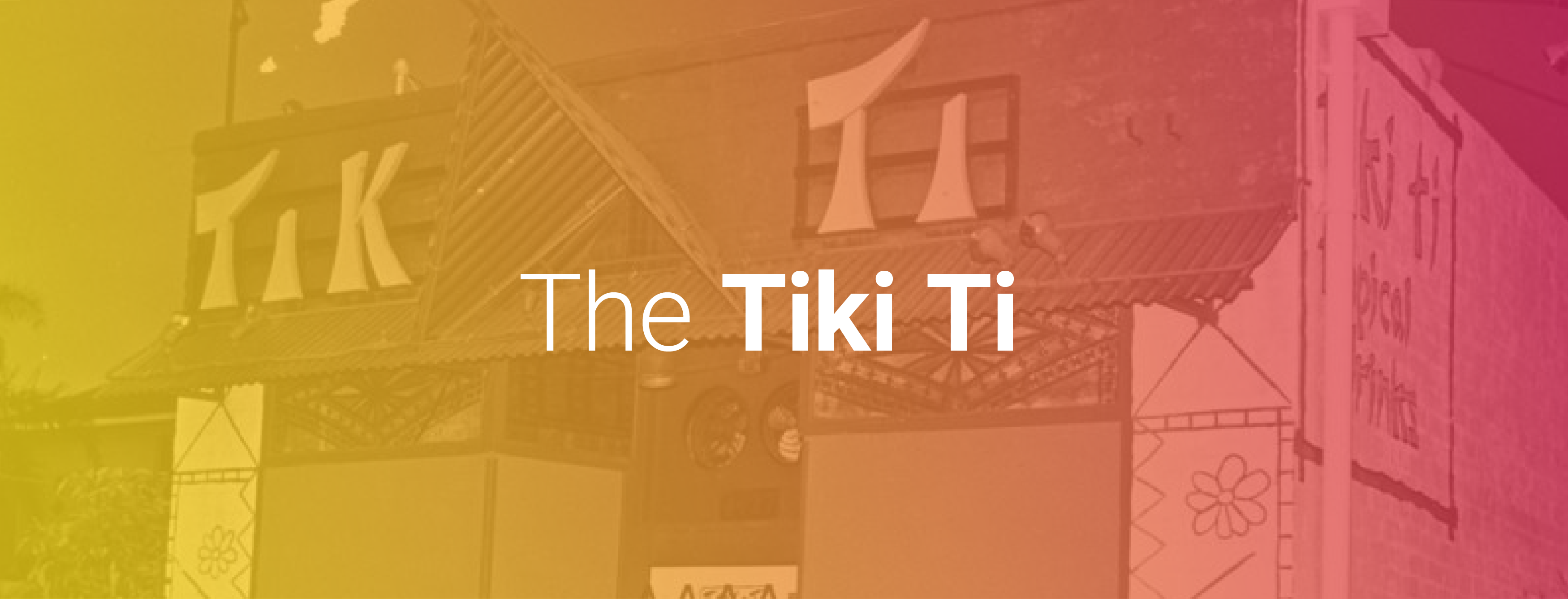
-
Category:
- #OurLA
- Communities
#OurLA
At a time when Angelenos are significantly confined to our homes, LA City Planning’s Office of Historic Resources has created a series of blogs called #OurLA to keep us connected to one another and to the places and neighborhoods that make Los Angeles special. This series highlights lesser-known historic buildings and historic places across the city – including places that help build community and connection. We’ll also be offering links to where you can learn more about related historic places and themes that have helped to define Los Angeles.
While Los Angeles bars are mostly remaining closed during the COVID-19 pandemic, it is an opportune moment to appreciate that some bars have unique significance as beloved gathering places, with decades of history anchoring their communities as “legacy businesses.”
As an example, Tom Bergin’s Irish Pub, located on Fairfax Ave. since 1949, was designated as a City Historic-Cultural Monument during 2019, during a period when the bar was closed. It reopened in December 2019, only to shut down again in March due to COVID (though it is again serving takeout food and drinks).
SurveyLA, the Office of Historic Resources’ citywide historic resource survey, identified several other bars across the city as appearing eligible for potential historic designation. Few of these are more distinctive – both for ambiance and cultural history – than the Tiki Ti Bar at 4427 Sunset Boulevard, in Los Feliz, near the border of Silver Lake.
The Tiki Ti was established and opened in 1961 by Ray Buhen, who was born in the Philippines in 1909 and emigrated to Los Angeles in 1930. Buhen had previously worked as a bartender for many years in other Polynesian-themed bars, including Don the Beachcomber and the Seven Seas in Hollywood. He was part of a citywide cadre of Filipino waiters, bartenders, and busboys at multiple establishments who played a key role in popularizing tropical drinks.
The Tiki Ti has become an iconic Los Angeles bar over many decades, with classic drinks created by Buhen still served today. These include the Zombie, Don the Beachcomber’s most famous creation, and many other rum-based concoctions.

The bar still has a distinctive ambiance, with placards on the ceiling and walls signed and dated by long-time customers, as well as shelves behind the bar containing tropical souvenirs from around the world donated by customers over many decades. Its small space offers only 12 bar stools, yet a menu of over 90 drinks. It is also known for its long-running traditions: when a patron orders the Blood Sand, a drink originally developed by Buhen at the Dresden bar in Los Feliz, the bar crowd shouts, “Toro, Toro, Toro,” as tequila is added from a bull-shaped bottle cap.
The Tiki Ti evokes a mid-century era in Los Angeles when Tiki bars and Polynesian design motifs were at their peak of popularity. Other commercial buildings and residential complexes exhibited distinctive characteristics of the Tiki-Polynesian Style, including the Tonga Hut in North Hollywood, the oldest remaining Tiki Bar in Los Angeles (1958), or the Kona Pali Apartments in Granada Hills (1962).

Ray Buhen continued pouring drinks at the Tiki Ti until 1998, when his grandson, Mike Jr., began substituting for him. After Ray Buhen died in 1999, the establishment remained in the family, as it is now owned and operated by Mike Jr., as well as Ray’s son, Mike Sr. Up until the recent temporary closure, they still led patrons every Wednesday night in a toast to Ray Buhen, the Tiki Ti’s original owner and a pioneering Filipino American entrepreneur.

For a deeper dive at home:
Search the citywide inventory of historic resources, HistoricPlacesLA, for additional Los Angeles buildings with noteworthy Tiki design features: type “Tiki-Polynesian” into the search box.
For more detail on other significant Los Angeles places associated with prominent Filipino Americans, as well as to learn about the development of Historic Filipinotown and Filipino American institutions, see the Filipino Americans in Los Angeles Historic Context Statement, released by the Office of Historic Resources in 2018.